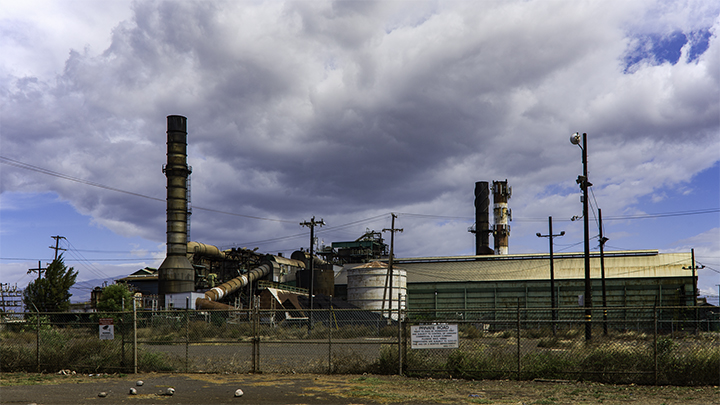
Hawai‘i has suffered from an influx of introduced pollutants and invasive species for over two centuries. Even when harmful practices end, the damage often lingers for multiple generations. At one point, sugar cane was the #1 export of Hawai‘i, but the use of arsenic-based pesticides and herbicides during the 1920s and 1940s has left dangerous arsenic levels in the soil across pae ‘āina. This persistent arsenic contaminates the food we eat, the water we drink, and the air we breathe—already exacerbated by the volcanic nature of Hawai‘i.
In addition to these historical impacts, Hawai‘i faces a serious wastewater crisis. As of March 2024, the state is home to 83,000 cesspools that release 52 million gallons of untreated sewage into the ‘āina every day. This pollution contaminates drinking water, food sources, and the oceans, contributing to Hawai‘i’s highest rates of staph and MRSA infections in the country. Alarmingly, 50% of tap water in the area south of Hilo is testing positive for fecal indicator bacteria (Bohlen & Coleman).
Urban development, hotels and resorts, military land use, and other factors have also heightened pollution levels across Hawai‘i. The military, in particular, has played a significant yet unfortunate role in contaminating Hawai‘i’s water and soil. In 2019 alone, the U.S. military dumped 630,000 pounds of nitrate compounds into the water off O‘ahu. For decades, activists and environmentalists have fiercely fought for the reclamation of military-occupied lands like Pōhakūloa, Kapūkakī, and the island of Kaho‘olawe.
The list of sites in desperate need of bioremediation throughout Hawai‘i Nei is extensive, which is why frequent testing is so critical. While we can offer a comprehensive strategy for addressing pollution and follow through with implementation, it all begins with identifying the problem. If you notice pollutants that may be harming the ‘āina, contact us for a consultation. We’d love to hear about the issues you’re facing and explore how we can help.

Leave a Reply